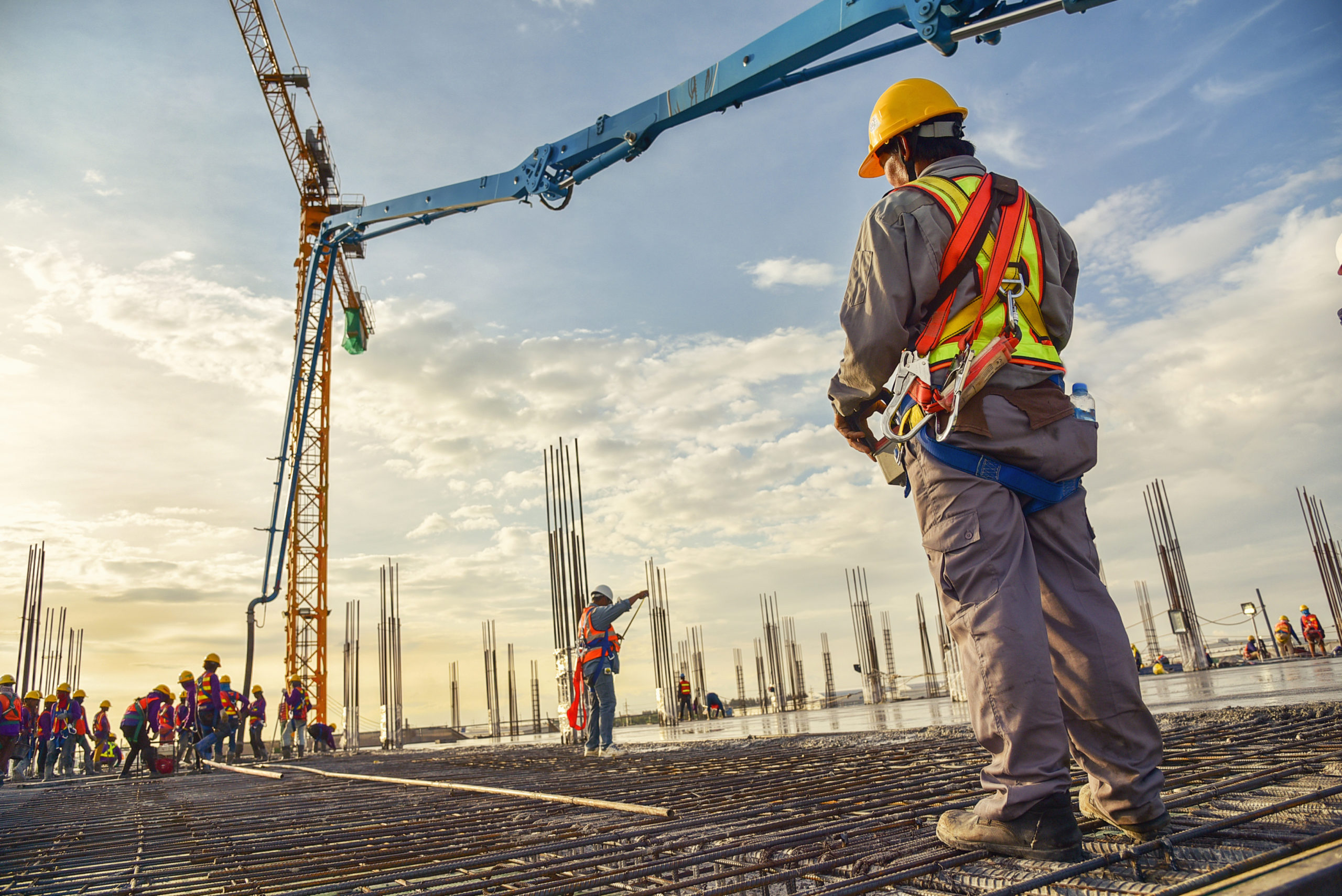Specialized Geotechnical Works for Lasting Construction Solutions
Wiki Article
An In-depth Evaluation of the Providers Offered by Consulting Engineers in the Area of Geotechnical Engineering: From Site Examination to Job Execution
Consulting engineers in geotechnical engineering play a crucial duty in the successful execution of building and construction jobs, starting with detailed site examinations that disclose critical subsurface conditions. Their know-how prolongs to soil residential or commercial property analyses, environmental effect evaluations, and the cautious monitoring of project execution, making certain alignment with safety and sustainability criteria.Value of Geotechnical Engineering
Geotechnical design is a vital discipline that underpins the safety and security and sustainability of civil framework jobs. By comprehending the mechanical behavior of dirt and rock products, geotechnical engineers assess the viability of websites for various constructions, including buildings, bridges, and dams. This basic evaluation guarantees that structures can hold up against environmental factors and lots without experiencing failure.The value of geotechnical design prolongs past plain architectural safety; it also incorporates environmental stewardship. Correct geotechnical assessments contribute to decreasing the ecological effect of building. Via careful evaluation of soil residential properties and groundwater conditions, designers can create foundations and preserving frameworks that alleviate threats such as erosion and landslides, advertising lasting security.
Moreover, geotechnical engineering plays an important role in job expense administration. geotechnical works. By identifying prospective concerns early in the design stage, engineers can suggest ideal services, therefore staying clear of costly hold-ups and redesigns throughout construction. This positive strategy not only improves job performance but also dramatically decreases dangers related to unanticipated site conditions
Website Examination Strategies
Effective site investigation methods are essential for gathering precise information concerning subsurface problems before construction. These methods promote the understanding of the geological and hydrological environment, which is crucial for making sure the security and safety and security of recommended structures.Common techniques used in website investigations include borehole boring, which enables designers to draw out dirt examples at various depths, supplying understandings right into stratification and product kinds. On top of that, geophysical studies, such as seismic refraction and electrical resistivity, offer non-invasive methods to assess subsurface qualities over bigger areas. These methods can assist determine abnormalities without substantial excavation.
Examination pits are another useful method, offering direct observation of soil layers and allowing in-situ screening. geotechnical works. This approach is especially useful for shallow excavations and can assist evaluate groundwater levels. Cone penetration tests (CPT) are increasingly utilized, as they give continual accounts of soil resistance, which assists in figuring out dirt strength and layering.
Each of these techniques plays an important function in establishing a detailed understanding of site conditions, allowing consulting engineers to make informed choices and referrals throughout the task lifecycle. Exact data collection throughout the website investigation phase is essential to mitigating dangers and guaranteeing successful task execution.
Soil Home Analysis

The analysis process generally entails a mix of laboratory examinations and field examinations. Trick residential properties such as shear toughness, compressibility, leaks in the structure, and dampness web content are reviewed to determine the dirt's viability for building and construction objectives. Typical examinations, consisting of the Atterberg restrictions, Proctor compaction, and triaxial shear examinations, are generally used to collect information on soil habits.
Along with these tests, in-situ approaches such as the Requirement Penetration Test (SPT) and Cone Infiltration Examination (CPT) use useful insights into dirt stratigraphy and thickness. The outcomes of these evaluations inform engineers concerning possible obstacles, such as dirt liquefaction or settlement, enabling them to design ideal reduction methods.
Environmental Effect Assessment
Environmental impact analysis plays a crucial duty in the preparation and implementation of design tasks, specifically in geotechnical design. This process involves analyzing the possible ecological effects of suggested jobs on soil, water, air quality, and bordering ecological communities. Consulting engineers make use of numerous techniques, consisting of site assessments, modeling, and area studies, to identify and quantify these influences.The analysis typically starts with the recognition of baseline environmental conditions, which works as a reference for predicting possible changes. Designers evaluate factors such as disintegration, groundwater contamination, and environment disruption, ensuring that all pertinent ecological guidelines and guidelines are adhered to throughout the project lifecycle. Stakeholder involvement is additionally an indispensable part of the analysis process, as it cultivates communication between job developers, neighborhood communities, and regulative bodies.
Moreover, mitigation strategies are established to resolve recognized impacts, permitting engineers to recommend options or alterations to forecast layouts that improve sustainability. This aggressive method not just minimizes damaging effects on the setting however additionally advertises public count on and conformity with environmental regulations. Inevitably, effective environmental influence examination strengthens the general integrity and practicality of geotechnical design projects, supporting liable advancement techniques.
Task Implementation and Surveillance

Tracking is an important part of project execution. Engineers use numerous techniques, such as instrumentation and area examinations, to evaluate dirt behavior and architectural responses in real-time. This constant surveillance enables the recognition of any inconsistencies from expected efficiency, permitting timely treatments to alleviate risks.
Moreover, speaking project geotechnical engineer with designers keep open communication with specialists and stakeholders throughout the procedure. Regular website inspections and development records ensure that all celebrations are informed regarding job standing and any kind of emerging issues. By fostering partnership and transparency, getting in touch with engineers facilitate a much more efficient implementation procedure, consequently enhancing project results.
Ultimately, efficient job execution and tracking not only copyright safety and top quality requirements but additionally contribute to the overall success of geotechnical tasks, guaranteeing they meet their desired functions sustainably and properly.

Verdict
In verdict, the function of speaking with designers in geotechnical engineering encompasses a critical series of services that guarantee task success. Ultimately, the multifaceted payments of speaking with designers are vital in addressing the intricacies of geotechnical challenges in modern design projects.Report this wiki page